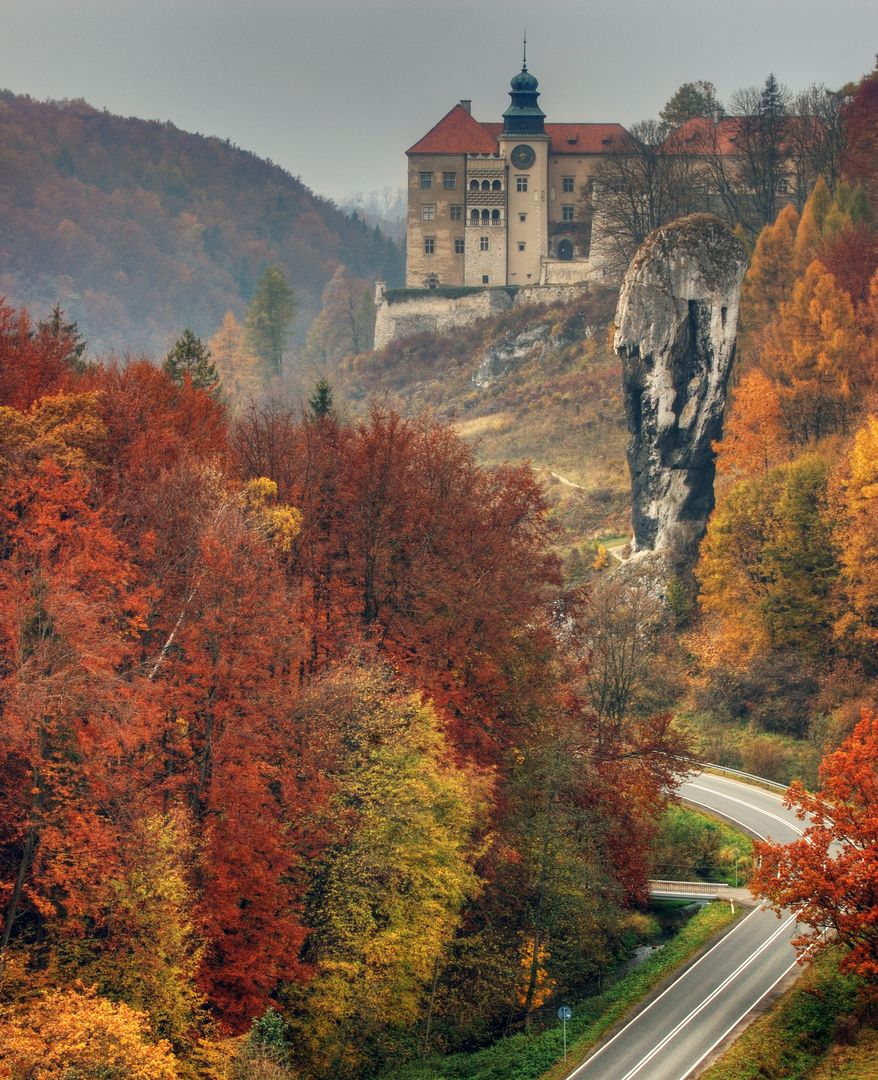Pieskowa Skała Castle
6.16

Overview
Pieskowa Skała Castle, perched on a rock in the Prądnik Valley, is one of the key elements of the chain of defensive Eagle's Nests. First mentioned in 1315, originally as Peskenstein, the castle was the seat of various noble families, including the Szafraniec family, who gained notoriety due to their banditry. In the 14th century, Casimir III the Great transformed it into a Gothic castle, and in the 16th century, Renaissance elements were added. The castle suffered damage during the Swedish Deluge and as a result of fires, but it was rebuilt and adapted to new architectural styles. In the 19th century, it passed into private hands, and after World War I, it was saved thanks to a social campaign by the "Pieskowa Skała Joint Stock Company." After World War II, the castle came under the care of the State Treasury, and its interiors were converted into a museum, which now exhibits European art from the Middle Ages to the 19th century. Pieskowa Skała Castle is also known for its appearances in films such as "With Fire and Sword" and "Colonel Wolodyjowski," and in 1971, a postage stamp was issued in its honor. It features an intriguing crypt with sarcophagi and is surrounded by a landscape park, with the Hercules' Mace rock formation located nearby. The castle's history is linked to cultural activities supporting local initiatives that promote tourism and nature conservation, including the protection of amphibian populations in the ponds at its base.
Location
2025 Wizytor | All Rights Reserved